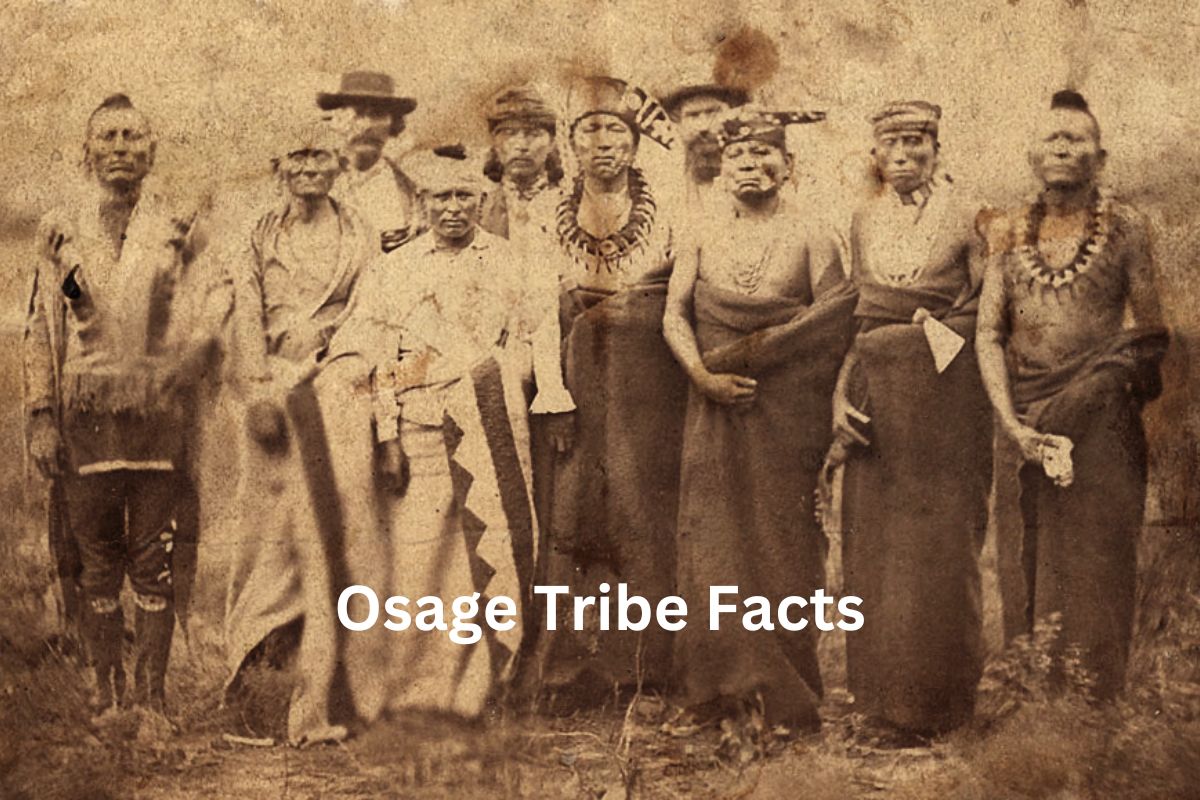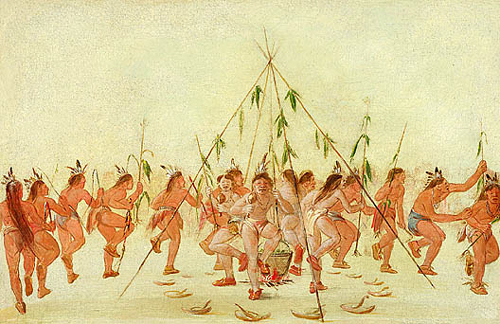
Echoes of Identity: The Enduring Power of Osage Naming Ceremonies
In the heart of Oklahoma, amidst the rolling hills that cradle the Osage Nation, a profound cultural practice continues to echo with the wisdom of generations: the Osage Naming Ceremony. Far more than a simple act of nomenclature, this sacred ritual is a foundational pillar of Osage identity, a spiritual anointing that connects individuals to their ancestors, their clan, the natural world, and the very cosmos itself. It is a testament to resilience, a living prayer whispered across centuries, ensuring that the unique spirit and story of the Osage people endure.
To understand the Osage naming tradition is to delve into a worldview where names are not merely labels but potent spiritual gifts. Unlike Western societies where names are often chosen for aesthetics or family lineage alone, an Osage name is bestowed with purpose, reflecting the individual’s place within the intricate tapestry of their community and the universe. These names are not chosen lightly; they are earned, revealed, or gifted through ceremony, carrying with them a profound sense of responsibility and destiny. They are often drawn from the natural world—animals, celestial bodies, or natural phenomena—reflecting the Osage people’s deep reverence for the environment and their understanding of humanity’s interconnectedness with all living things.
The Osage Nation’s traditional governmental structure was historically divided into two great divisions: the Tsi-Zho (Sky People) and the Hon-Ga (Earth People), each with various clans. A person’s name would often reflect their clan affiliation, linking them directly to their ancestral lineage and the specific responsibilities and characteristics associated with that division or clan. For instance, names derived from birds of the sky might belong to the Sky People, while those from buffalo or land animals would be associated with the Earth People. This system ensured that every individual understood their familial and communal role from birth, embedding a deep sense of belonging and collective identity.
The ceremony itself is a deeply spiritual and communal event. Traditionally, it would be conducted by an elder or spiritual leader, often after a period of prayer, contemplation, and even vision quests. The atmosphere is one of reverence and anticipation. Family and community members gather, creating a sacred space where the spiritual world intersects with the physical. Through ancient songs, prayers, and sometimes the use of sacred smoke, the chosen name is formally bestowed upon the individual. This is not a private affair but a public declaration, acknowledging the individual’s unique spiritual path and their place within the Osage family.
"Our names are not just words; they are stories, prayers, and promises," explains an elder, her voice resonant with the weight of generations. "They tell us who we are, where we come from, and what our purpose might be. When you receive your Osage name, you are not just given a sound; you are given a piece of the universe, a connection to all that has come before and all that will come after." This sentiment captures the essence of the tradition: a name is a living entity, an active participant in one’s life journey. It is meant to guide, protect, and empower.

The significance of these naming traditions extends beyond personal identity; it is a powerful act of cultural preservation. The Osage Nation, like many Indigenous peoples, has endured centuries of systemic attempts at assimilation. From forced removals in the 19th century to the harrowing experiences of boarding schools where Native children were stripped of their languages, customs, and often their very names, the pressure to abandon traditional ways was immense. The infamous "Reign of Terror" in the 1920s, detailed in Killers of the Flower Moon, saw Osage people murdered for their oil wealth, yet even through this period of extreme violence and betrayal, the cultural spirit endured, quietly nurtured in ceremonies like naming.
Despite these immense challenges, the Osage people held fast to their identity traditions. The naming ceremony became a quiet act of defiance, a sacred space where cultural continuity could be maintained against overwhelming odds. It was in these private, cherished moments that the language, the stories, and the spiritual connections were passed down, ensuring that the Osage soul remained vibrant and intact.
Today, there is a powerful resurgence of interest and participation in traditional Osage naming ceremonies. Younger generations, often raised with Western names, are actively seeking their traditional Osage names as a way to reconnect with their heritage and strengthen their identity. This movement is part of a broader cultural revitalization effort within the Osage Nation, which includes intensive language immersion programs, the re-establishment of traditional dances, and the sharing of historical narratives.
For many contemporary Osage individuals, having both a Western name and a traditional Osage name is not a conflict but a duality that reflects their multifaceted existence in the modern world. The Osage name often serves as a spiritual anchor, a private touchstone that grounds them in their ancestral identity, while the Western name navigates the demands of mainstream society. This embrace of dual identity showcases the adaptability and resilience of the Osage culture.
The process of receiving an Osage name today often involves collaboration with cultural leaders and knowledge keepers. It might entail researching one’s genealogy to understand clan affiliations and family history, or it could be a name revealed through a dream or a significant life event, validated by elders. The emphasis remains on the spiritual appropriateness and the deep meaning embedded in the name. It’s not about finding a "cool" name but finding the right name—one that resonates with the individual’s spirit and aligns with their place within the Osage cosmos.
The Osage Naming Ceremony is more than a historical relic; it is a dynamic, living tradition that continues to shape and define the Osage Nation. It teaches us that identity is not merely inherited but actively cultivated and spiritually affirmed. It is a powerful reminder of the enduring strength of Indigenous cultures, their capacity to adapt and thrive while holding fast to the wisdom of their ancestors. In every name bestowed, in every song sung, and in every prayer offered, the Osage people affirm their unbreakable connection to their past, present, and future, ensuring that the echoes of their identity will resonate for generations to come.
